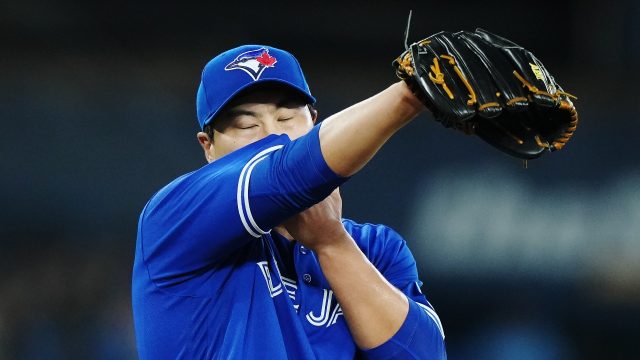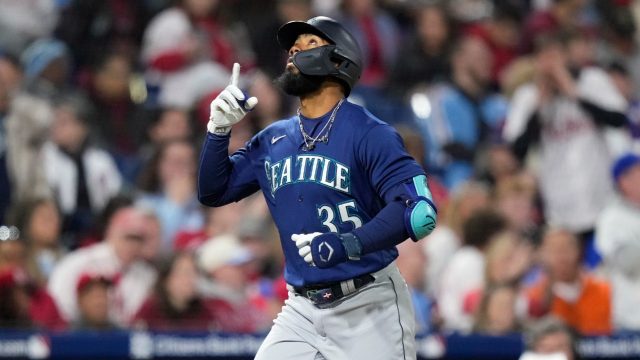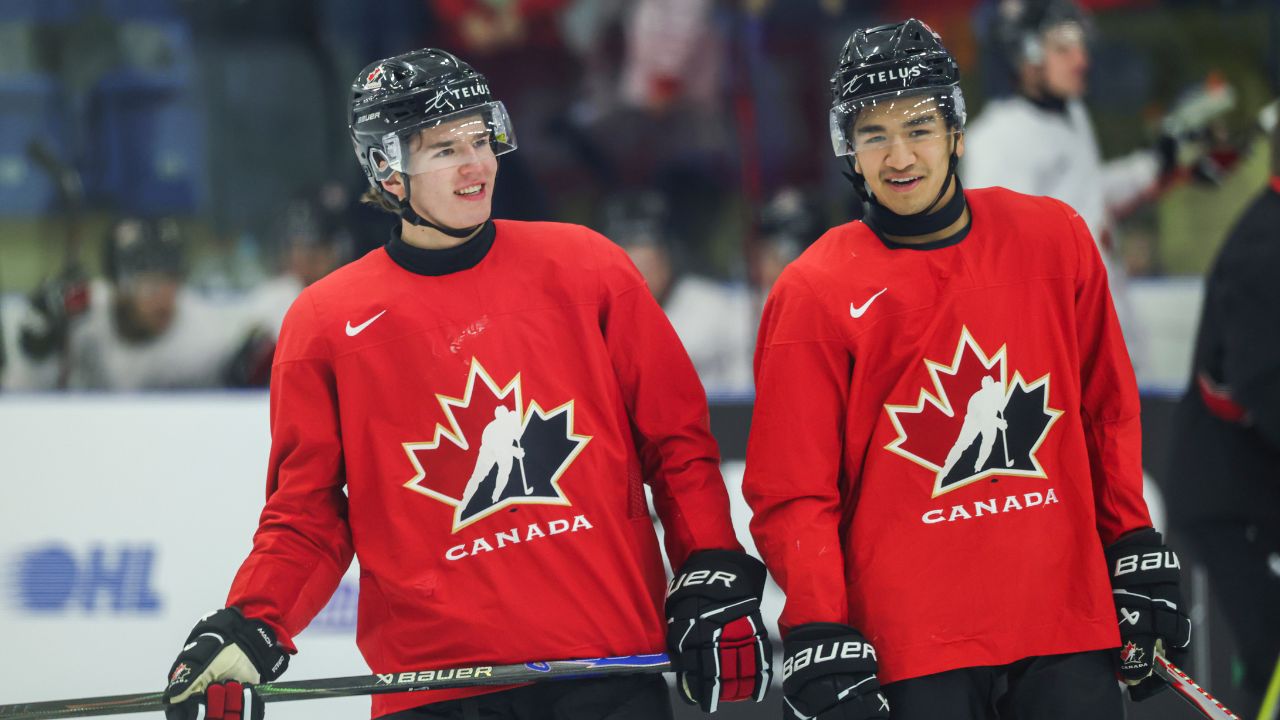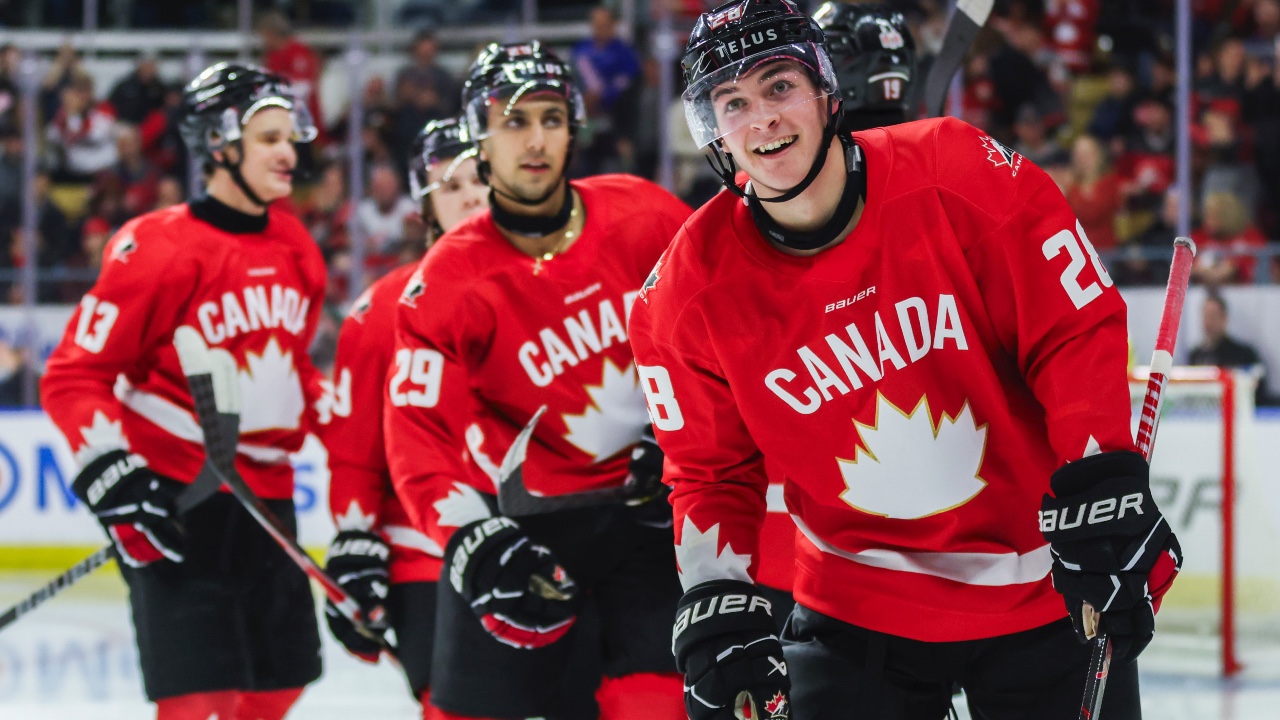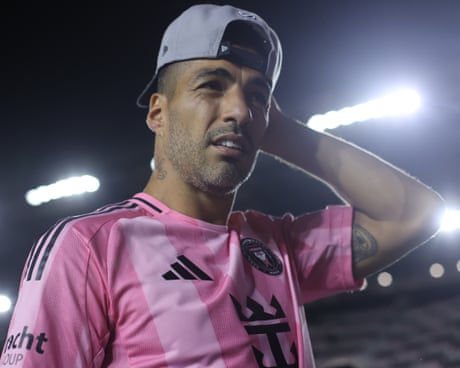
TORONTO – Genesis Cabrera presented an opportunity, a big-armed, low-cost reliever that put a second left-hander in the bullpen capable of missing bats in key spots. Jordan Hicks offered impact, one of the best arms in baseball with everything needed to be a late-inning force who can change games in a way few players who moved ahead of the trade deadline can. Paul DeJong and his gifted glove, essential, provide protection in case the inflamed patellar tendon in Bo Bichette’s right knee is more serious than it currently appears, and utility with some pop beyond that.
Good stuff on all three fronts for the Toronto Blue Jays.
Yet when 6 p.m. ET Tuesday came and went without a fourth move to augment an offence very clearly in need of another threat, their trade deadline buildup was left incomplete. Adding a bat, ideally a right-handed one, had been on the to-do list and after locking down DeJong from the St. Louis Cardinals shortly after lunchtime, GM Ross Atkins and his staff spent the final hours before the trade cut-off trying to do precisely that.
Only some of the opportunities believed to be in play on the position-player side never really materialized in a market short on meaningful bats. The Seattle Mariners, trying to have it both ways in a posture emblematic of a confused market, sold off closer Paul Sewald to Arizona on Monday and then held on to Teoscar Hernandez, a pending free agent who was exactly what the Blue Jays needed, on Tuesday. Other potential matches like Adam Duvall, Tyler O’Neill, Lane Thomas and Brent Rooker also stayed put.
Of the bats that did move, perhaps only Mark Canha, sent by the New York Mets to the Milwaukee Brewers for the class of double-A starter the Blue Jays used to acquire Hicks, looked like a miss. Josh Bell, Carlos Santana, Tommy Pham, C.J. Cron, Randal Grichuk and Ji Man Choi, among others, didn’t fit positionally, would have come with warts, or both.
Given that, the Blue Jays weren’t going to add for the sake of adding. But in not finding a fit, they left a gap in their deadline portfolio.
Atkins said some part-time players or “guys that are nearing everyday potential were available, but the guys that would be the quote unquote, bigger bats weren’t necessarily available or as readily available as many assumed or implied.”
Any such gap between public perception and industry reality is, of course, part of the deadline chicanery employed by sellers to try and squeeze a bigger return out of buyers, and may have been more acute with 21 teams beginning the day either in a playoff spot or within five games of one.
The Mariners may very well have dangled Hernandez to that end, trying to see if an overeager buyer might make them an offer they couldn’t refuse, only for president of baseball operations Jerry Dipoto to later tell reporters that “we didn’t want to be disruptive, we also didn’t want to create holes” on the team.
“Our club’s playing well, we think they deserve the chance to keep playing well,” he added.
All of which complicated the bat-finding mission for a Blue Jays team that might have needed some subtraction from the big-league roster to accommodate an incoming player.
The way things stand, DeJong comes in as the new 26th man, although his role could be more substantial early on while Bichette deals with the knee injury he suffered Monday night.
For now, the Blue Jays will go day-to-day with Bichette, who underwent an MRI on Monday night that revealed “no significant structural damage, just some inflammation,” said manager John Schneider.
With DeJong only slated to arrive late Tuesday night, they have some time to give Bichette at least another day of runway before needing to make a call. Should an IL stint be necessary, the Blue Jays could look to triple-A Buffalo for an offensive piece with Davis Schneider and Addison Barger both offering power and positional utility.
The open market will also soon include veteran Trey Mancini, whom the Blue Jays talked to during the off-season, along with Nelson Cruz, although for now they don’t seem inclined to go that route.
Barring some surprise internal emergence, then, the Blue Jays will be back where they were at the beginning of the season, counting on the roster in place to perform to projections.
More is certainly possible from Vladimir Guerrero Jr., the badly slumping George Springer, the better-lately Alejandro Kirk and Daulton Varsho, and incremental gains from them will help. Better execution with runners in scoring position, an ongoing sore spot all season long, would also alleviate the issues at the plate.
None of that is guaranteed to happen and a gap in offence from a year ago was always possible when the Blue Jays traded both Hernandez and Lourdes Gurriel Jr. during the off-season in pursuit of improved run prevention.
While they’ve achieved the latter, they’ve missed the former more than they probably expected. The trade deadline was their final opportunity to significantly change the mix in-season. They addressed three areas of opportunity before the cut-off hit. They’re left to hope they won’t regret not doing it in a fourth, too.


